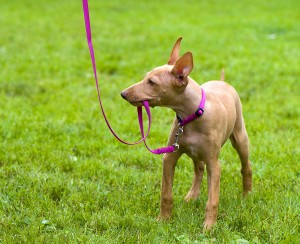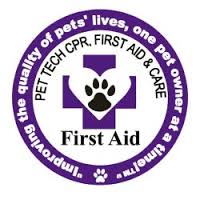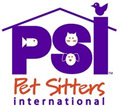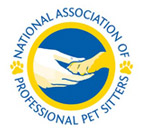
What should you use to curb your dog from pulling like a Siberian husky in the Iditarod? How tight should a leash be and where should it fasten for each body type? Read on to better understand the “best fit” for your pet!
1. We will start with the plain vanilla Standard leash that clips onto a collar around your dogs neck. This is best for well-trained dogs that don’t pull. Slower seniors dogs also benefit from this minimal lead. Most pet stores have a basic nylon standard leash for around $10 if you are on a budget. Some of the sturdier standard leashes recommended on-line:
A. K9 Standard Leather leash is 6-Feet long, 3/4-Inch thick, with a strong bolt for large-breed dogs (around $18).
B. The Lupine Padded Handle lead comes with a chewing guarantee – best for puppies and chewers – they will replace the chewed-up leash
2. Adjustable leashes have several loops along the leash for the owner to shorten or lengthen using the strong clasp. These are great for training purposes and very similar to a standard leash, fastening onto the collar at the neck. Activedog.com sells a variety of adjustable leashes.
3. A retractable leashe works like a measuring tape, giving the owner control to shorten or lengthen the nylon band up to 26 feet. The rope band retracts into a plastic case with a handle but can be locked in place at any length. This leash is best for dogs that do not jump/wrap around trees or else it will get tangled. A small, lightweight version is the Zip Lead Retractable Leash that fits in your back pocket!
4. For smaller dogs, a Martingale lead-leash works well and acts as an all-in-one collar and leash. The collar portion slips over the head and tightens when the lead is pulled. A plastic tube slides down the lead to keep the collar in place. Mendota sells a variety of braided versions.
Additional Considerations:
*If you walk your dog early in the morning or late at night, a Reflective Leash is recommended. “The reflective material has been embedded into another material, such as nylon or leather.”
*Width is important when you are walking a larger dog. The wider the leash, the more durability. A wider leash is recommended for fast-growing breeds.
*Length – Smaller breeds and seniors may only need 6 ft of leash, where as dogs with more energy my benefit from 15 or 30 foot leashes.
*No Chain Leashes! “Don’t ever use a chain leash, even on the so-called dangerous breeds. Chain leashes are not effective training tools and they can seriously injure a dog.”
*If your dog tends to chew through leashes, you may want to try a Lupine brand: “Every item is covered by our Even If Chewed” Lifetime Guarantee.”











Speak Your Mind